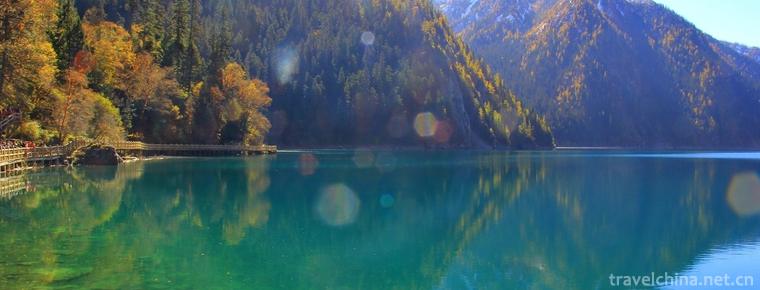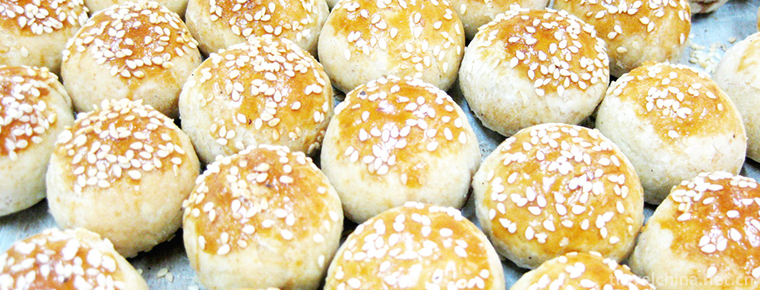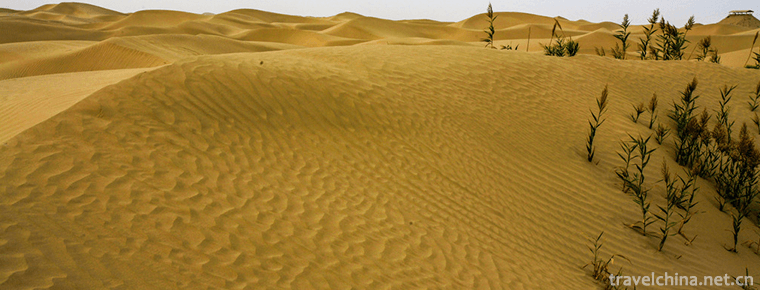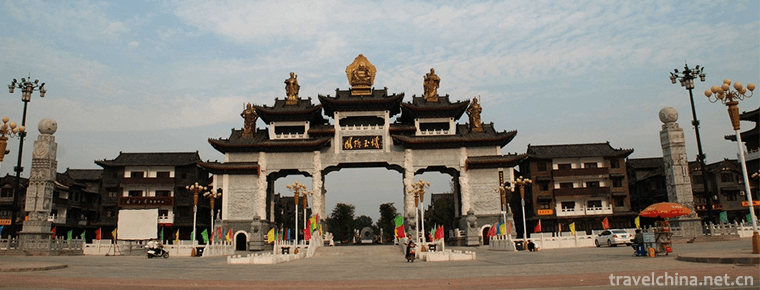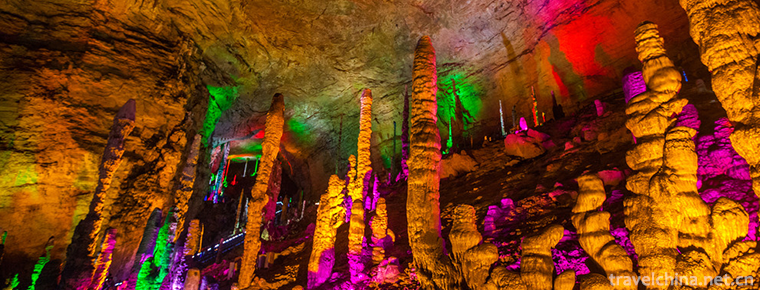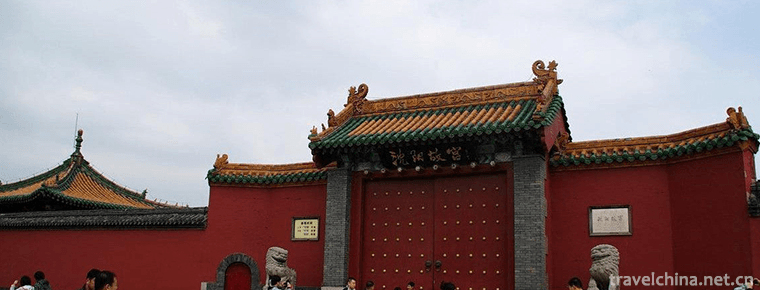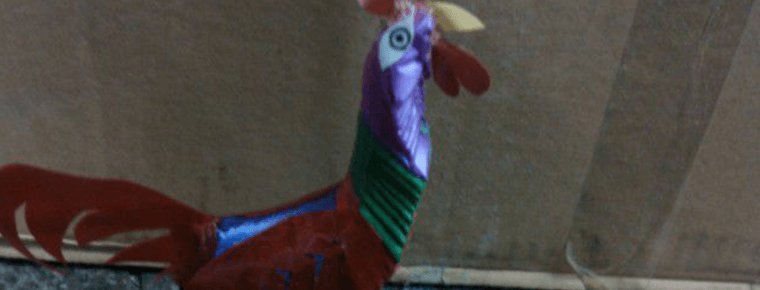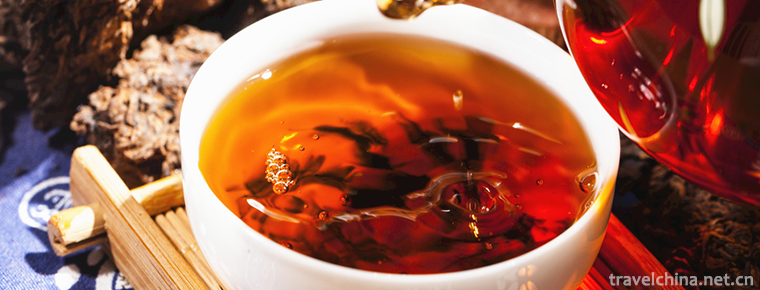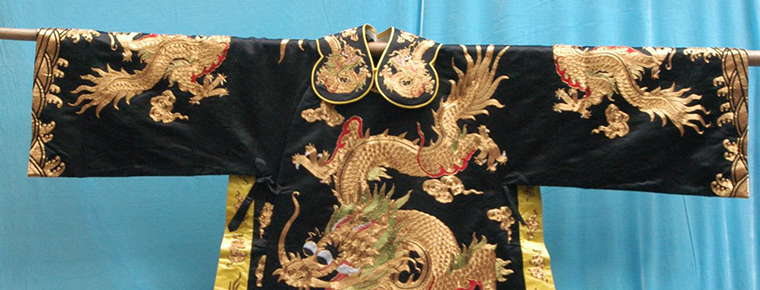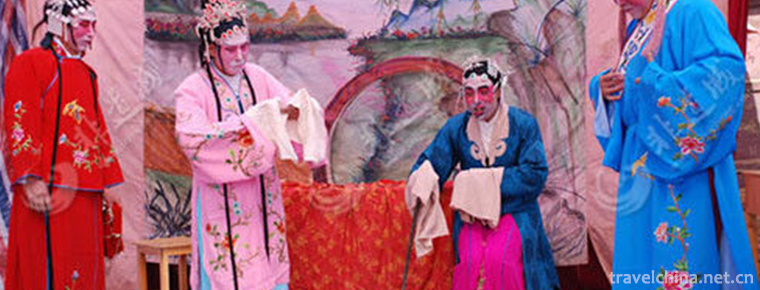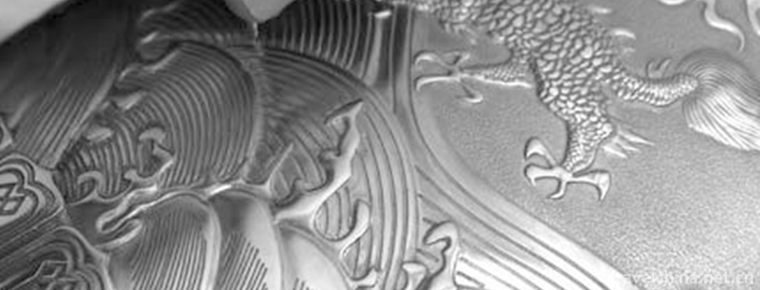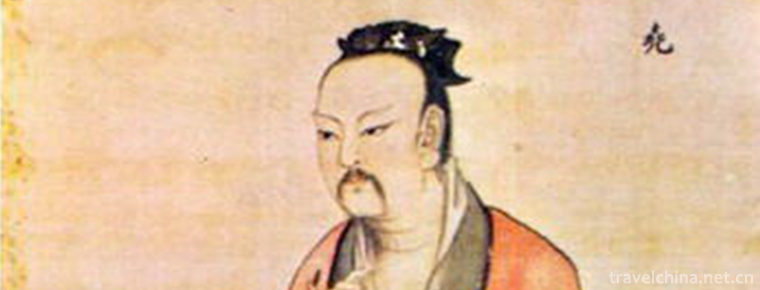Wulong Karst Tourist Area Movie Transformers Place
Wulong Karst Tourist Area is located in Wulong District of Chongqing City. It has rare natural karst landscape, including karst caves, Tiankeng, ground crevices, canyons, peaks, alpine grasslands, etc. It has a comprehensive form, rich and colorful vacation, leisure, entertainment, sports, and unique folk customs of Tujia, Miao and Gelao ethnic minorities. In 2011, it was rated as the national AAAAA tourist area. Wulong karst tourist area includes three parts: the natural three bridges, fairy mountain and Furong cave.
Historical evolution
In May 1993, five villagers in Jiangkou Town discovered Furong Cave.
On May 1, 1994, Furongdong was officially opened to the outside world.
From 1994 to 2001, five top-quality scenic spots, Furong Cave, Andromeda Hill, Natural Sanqiao and Longshui Gorge Ground Fissure, were developed successively.
From 2003 to 2007, the International Outdoor Sports Challenge Competition was held in Wulong Karst Tourist Area.
geographical environment
geographical position
Chongqing Wulong Karst is located in Wulong District, with longitude 108.72', latitude 29.29'. Tiansheng Sanqiao is located in the south of Xiannu Mountain, between Xiannu Mountain and Wulong District; Xiannu Mountain is located in Xiannushan Town, Wulong District, Chongqing, in the Wuling Mountains of Eastern Chongqing; Furong Cave is located in the Furong River, 4 kilometers away from Jiangkou Town, Wulong District.
Climatic characteristics
Wulong karst is a subtropical monsoon humid climate with mild climate, abundant rainfall, insufficient sunshine, distinct seasons, long frost-free period and high humidity. The annual average sunshine is 1160.5 hours (the annual variation is 1024.6-1276.6 hours); the annual average temperature is 17.9 degrees C, the extreme maximum temperature is 41.7 degrees C, and the extreme minimum temperature is minus 3.5 degrees C.
Main attractions
Furong River
Furong Cave, the first cave in the world, is developed in Cambrian and Ordovician carbonate rocks. It consists of Tongvahang Cave, Huren Cave, Weijiang Ling Cave, Yiba Cave, Xinjiao Cave, Shuijian Cave, Furong Cave, Gangue Cave and Sifang Cave. The large scale of the cave, the diversity and richness of secondary physical-chemical sediments in the cave, the various dissolution forms of the cave, the spectacular collapse and accumulation, the endless stalactites, the ponds in the cave in different situations at the present stage, the fall of stalactites and their destruction phenomena all record its vicissitudes and historical evolution. Professor Zhu Xuewen, a famous cave expert in China, commented that "from science to science" In terms of scientific research and popularization, Furong Cave can be called "a cave science museum".
Born three.
Sanjie Tiankeng Sanjie is a rare geological wonder eco-tourism area in China. It is a typical karst landform. The three magnificent stone arch bridges, Tianlong Bridge, Qinglong Bridge and Heilongqiao Bridge, are the largest group of natural bridges in Asia. Tiansheng Third Bridge is located at the junction of Baiguo Township and Walnut Township, 20 kilometers southeast of Wulong District. The three natural stone arch bridges created by nature have the characteristics of strong, strange, dangerous, beautiful, quiet and unique.
Longshui Gorge Ground Fissure
Wulong Ground Joint Scenic Area is located in Xiannushan Town, Wulong District, 15 kilometers away from the county town. It was formed tens of millions of years ago by orogeny. It is a typical karst landform. The Canyon is 5 kilometers long and 200-500 meters deep. Its Wulong geosyncline consists of three sections: entrance geosyncline, midway perforation geosyncline and exit geosyncline. The cliffs on both sides of the canyon are huge, the rock walls are dangerous, the vegetation is dense, and the ground fissures are extremely narrow. Ground
Fairy Hill
Xiannushan National Forest Park is a national AAAAA scenic spot, located in Wulong District of Chongqing City, with a total area of 8910 hectares, an average elevation of 1900 meters and a peak of 2033 meters. It is known as "Oriental Switzerland" for its unique charming Alpine Grassland in the south of the Yangtze River, rare forest, sea and snow plains in the south, and beautiful jungle landscape. It is associated with the magical Furong Cave, beautiful Furong River and the largest day in the world. The combination of geological wonders of Shengsanjie Group is the best tourist and holiday resort in Chongqing. The average temperature of Xiannu Mountain is 15 degrees lower than that of the main urban area of Chongqing, thus enjoying the reputation of "Summer Palace of Mountain City".
Furong cave
World Natural Heritage, National AAAAA Tourist Area, China's most beautiful caves, National Geological Park, National Key Scenic Spots. Furong Cave is 2700 meters long. It is famous for its numerous shafts, complete types of cave sediments, perfect shape and pure texture. Its shafts are the largest group of shafts found at home and abroad. Professor Zhu Xuewen, president of China Cave Association, commented that "Furong Cave is a magnificent underground art palace and a rich cave science museum", which tourists call "the first cave in the world". On June 27, 2007, Furong Cave, together with Tiankeng Scenic Spot of Tianqiao and Houping Qingkou, was listed on the World Natural Heritage List, becoming the 6th World Natural Heritage Site in China and the first World Natural Heritage Site in Chongqing, as well as the only cave in the World Natural Heritage List in China.
Famous specialty products
Bigfoot fungus
Bigfoot fungus, flat hemispherical lid, smooth, non-sticky, light naked, white meat, sauce flavor, can be used as medicine. Born by Western European countries known as "Mountain Treasure" King of Bacteria. Delicious Bigfoot fungus, and then stewed fresh spareribs, that is really tender and delicious spareribs, soup fragrance overflowing, this is one of the characteristics of Andromeda Hill dishes.
Fern bacon and bacon
Fairy Mountains delicacy fern bacon is a genuine dish. Fern is made of fern. Pteridium aquilinum is a pure natural wild plant. It is ground into starch by fern root, then stirred with water. After clarification, water is removed and precipitate (fern starch) is steamed or decocted into pieces, that is fern. Its color is black and yellow, its taste is soft and slightly astringent, but it has a different general flavor. In the three difficult years of 1958-1960, ferns saved countless lives, but many people died on the road of fern digging. Fern will blacken after frying. It looks like kelp, but it tastes totally different. It tastes sweet and soft, nutritious, and it tastes smooth and fragrant when fried with garlic seedlings and bacon.
Tourist guide
Traffic information
Self-driving: Chongqing-Yuxiang Expressway (G65) - Wulong (128km); Chongqing-Fuling (G50) Expressway - Wulong (319 National Highway / Wujiang Gallery) (188km).
Non-self-driving: Tourists can travel to Nanping 4 km bus station in Chongqing for 2 hours, or to Longtousi railway station in Chongqing for 2.5 hours. From the county town to the scenic spot, they take buses at Wulong bus station. To the natural Sanqiao and Longshui Gorges ground sewing, you need to buy a ticket for Xiannushan Town, get off at the Visitor Reception Center, and then take a transfer train to the scenic spot.
Tourist route
On the first day, I went to Chongqing-Wulong District and stayed in Wulong District in the evening. On the second morning, I went to Furong Cave and Furong River for speed skating. In the afternoon, I stayed in Furong River. On the third day, I stayed in Xiannu Mountain (running horses, karting cars, etc.) and in the afternoon, I stayed in Wulong Tiankeng Ground Sewing Scenic Area. In the evening, I stayed in Wulong-Chongqing.
Admission ticket
The peak season ticket price of Wulong karst tourist area (Tiansanqiao) is 70 yuan per person, the peak season ticket price of Wulong karst tourist area (Xiannushan) is 50 yuan per person, and the peak season ticket price of Wulong karst tourist area (Furongdong) is 80 yuan per person.
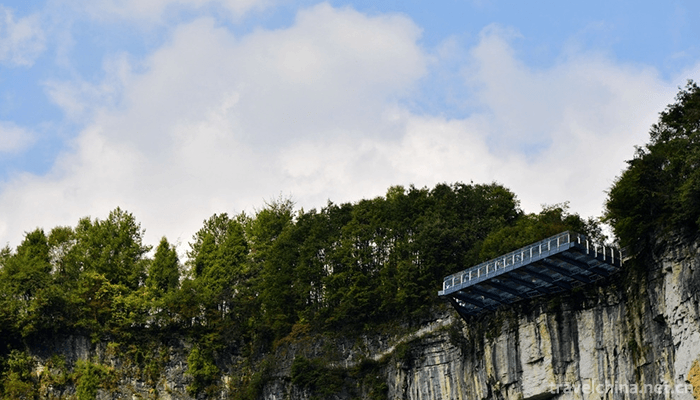
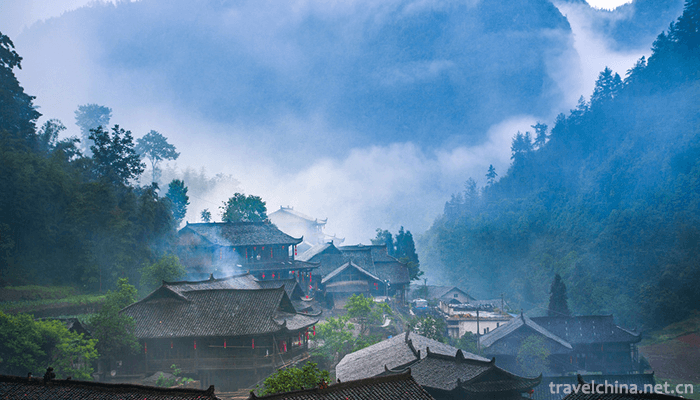
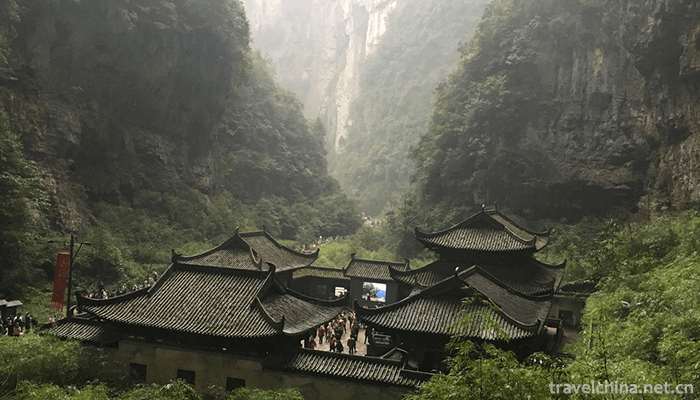
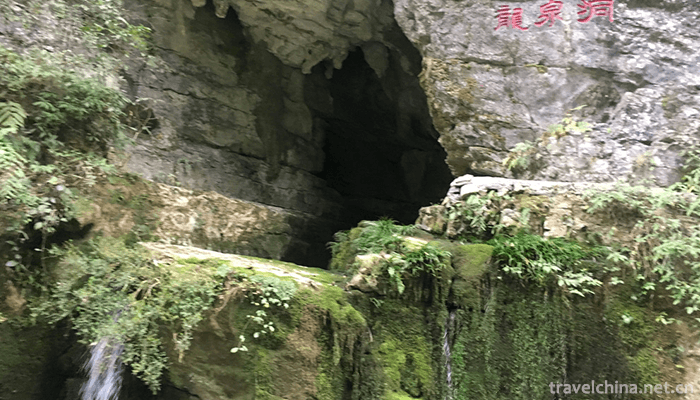

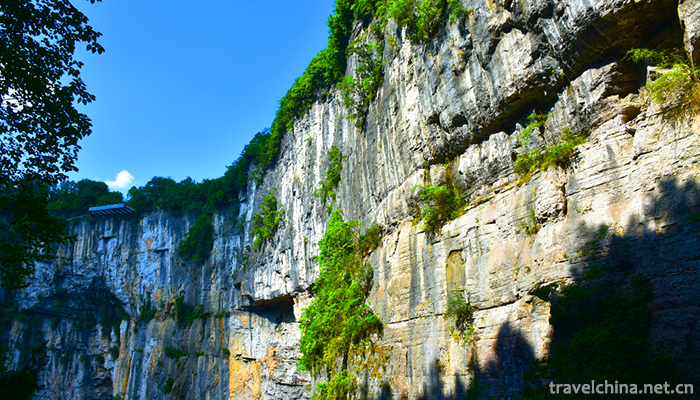

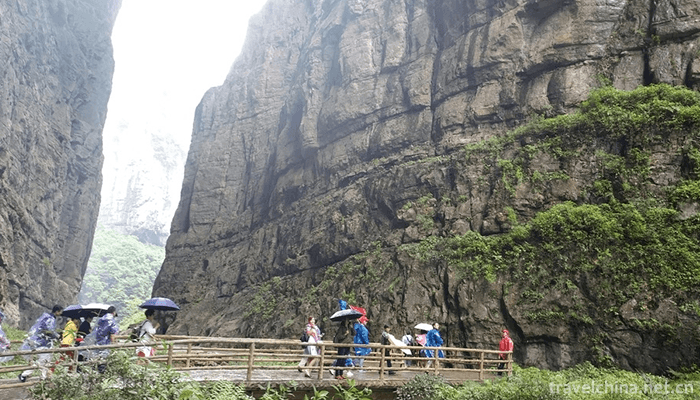
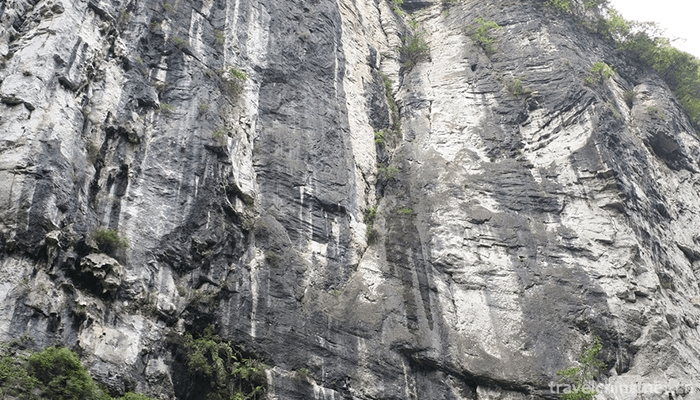
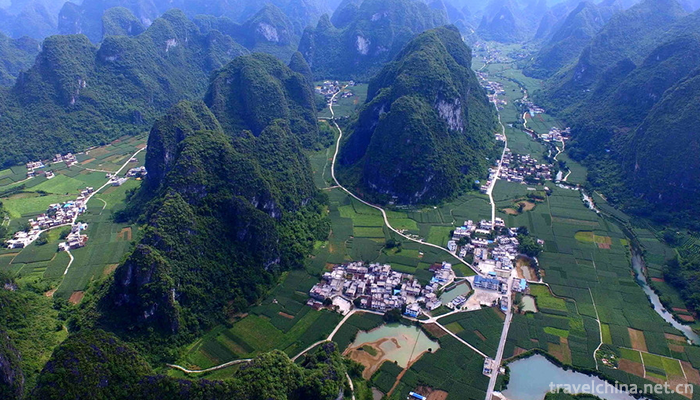
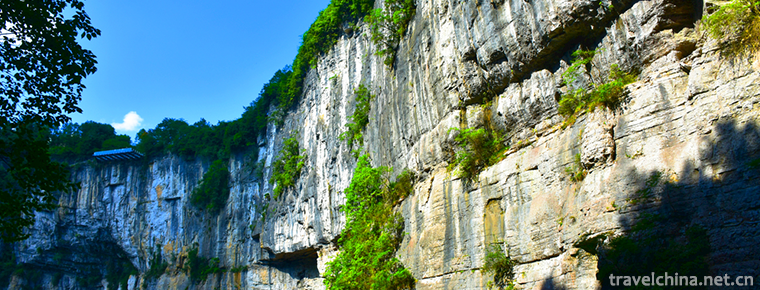
Wulong Karst Tourist Area Movie Transformers Place
-
Jiuzhaigou Valley Scenic and Historic Interest Area
Jiuzhaigou: World Natural Heritage, National Key Scenic Spots, National AAAAA Class Tourist Scenic Spots, National Nature Reserves, National Geoparks, World Biosphere Reserve Network, is the first nat
Views: 233 Time 2018-10-13 -
Chess cake
Chess cake is a special product of Tangshan District in Hebei Province. It is named for its shape like a small drum and a chess piece
Views: 190 Time 2018-11-27 -
Dawakun Desert Tourist Scenic Area
Dawakun tourist scenic spot is located in Tielimu Township, Yuephu County, 6 kilometers away from 310 provincial roads and 110 kilometers away from Kashgar City, with convenient transportation. It is
Views: 143 Time 2019-01-06 -
International Jade City
International Yucheng is located in the south of Shifosi Town, Zhenping County, Henan Province, on the south side of Yuyuan Avenue, south to Liulu Highway, east to Erlong Road, north to Longxiang Road
Views: 159 Time 2019-01-13 -
The Yellow Dragon Cave huanglong Cave
Located in Wulingyuan Scenic Area, the core scenic spot of Zhangjiajie City, Hunan Province, Huanglong Cave is an integral part of the World Natural Heritage Site and Zhangjiajie World Geopark
Views: 262 Time 2019-01-18 -
Shenyang Palace Museum
The Shenyang Palace Museum, originally a royal palace built and used in the early Qing Dynasty, was built in 1625 (five years from tomorrow, ten years after the fate of the golden emperor).
Views: 131 Time 2019-02-08 -
Straw weaving
Grass weaving is a popular folk handicraft. It makes use of the grass produced in different places to make materials locally and weave into various daily necessities
Views: 188 Time 2019-04-15 -
Production Techniques of Black Tea
Qimen Black Tea is the only black tea among the top ten famous teas in China. It is produced in Qimen County, Anhui Province. Tea production in Qimen has a long history, which can be
Views: 158 Time 2019-05-03 -
Drama Costume and Opera Production Skills
Drama costume and costume production skills, local traditional handicraft in Suzhou City, Jiangsu Province, one of the national intangible cultural heritage.
Views: 154 Time 2019-05-08 -
Brow tune
Meihu Opera is a local traditional drama in Shaanxi Province. From the development of the floor stall rap and social fire, the floor stall and social fire performances always focus on singing. Its act
Views: 177 Time 2019-06-01 -
Tin carving
Tin sculpture, the traditional Chinese sculpture art, is a unique craft in China and even in the world. It has a history of more than 300 years. The craft has a long history and has a long history. In
Views: 352 Time 2019-07-01 -
Legend of Yao
The legend of Yao is one of the local folklores in Jiangxian County, Shanxi Province. Yao is the Saint King of ancient Chinese legend. It is said that later generations named him Tao Tang and surnamed
Views: 100 Time 2019-07-11
